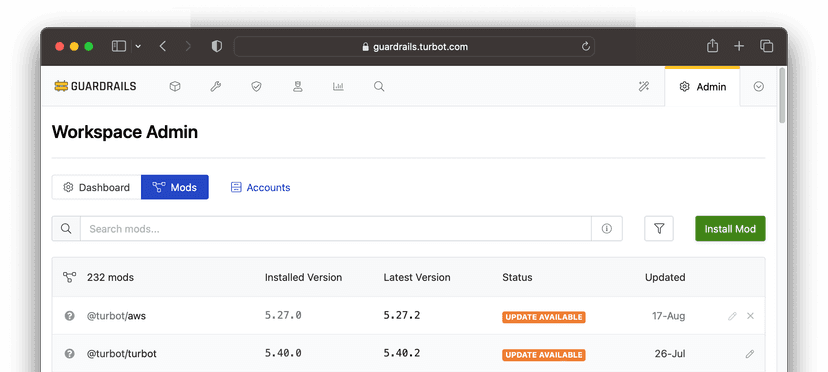Changelog
Subscribe to Guardrails changelog via RSS or join #changelog on our Slack community to stay updated on everything we ship.

Loading...
Loading changelogs...
Subscribe to Guardrails changelog via RSS or join #changelog on our Slack community to stay updated on everything we ship.
